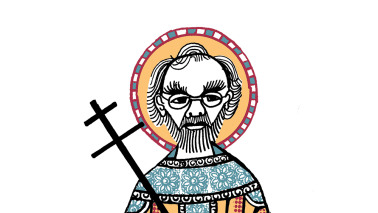On Brick Lane
by Rachel Lichtenstein
Brick Lane, a long and ancient street in London’s East End, casts a spell of fascination on all who go there. To walk down Brick Lane is to take a voyage through the past, where Huguenot weavers of the 18th century meet fellow ghosts of Jewish anarchists, and their history is everywhere you look. My own family history touches lightly on the Lane, for my grandfather owned a workshop there in the 1920s, and my stepfather discovered an anarchist printing press hidden in a ruined house there in the 1950s.
Whitechapel Library, next door to the Art Gallery, is not strictly speaking in the Lane, but Rachel Lichtenstein includes it in this book of tape-recorded interviews. It is, or rather was, just round the corner to the Whitechapel end. Truman’s brewery, also deceased, stood at the Bethnal Green end. When they were both in their prime, 30 years ago, their vigour and enterprise in two different causes (books and beer) added greatly to the vitality of Brick Lane.
After the Huguenots and the Russian Jews came the Bengalis, whose presence has been ‘made official’ by the council. A huge sign, ‘Bangla Town’, now greets the tourist and embarrasses everyone else. Imagine a ‘Jamaicatown’ sign in Brixton, or a ‘Paddytown’ in County Kilburn! Such signs would probably be declared ‘racist’, but the Bengalis have never complained. They have their own council estate, Flower and Dean, just behind the Shiraz Hotel in Brick Lane.
The City, with its banal architecture, has now reached the westward fringes of the Lane, and it’s become a well-known eating place for smart young things. Artists, who preserve old architecture but fill it with dreadful art, have also invaded.







Comments
Join the debate for just £1 a month
Be part of the conversation with other Spectator readers by getting your first three months for £3.
UNLOCK ACCESS Just £1 a monthAlready a subscriber? Log in